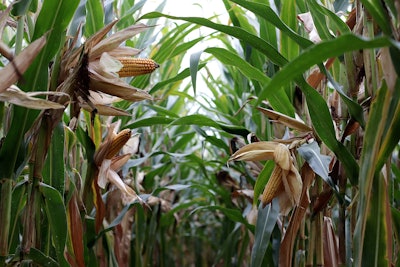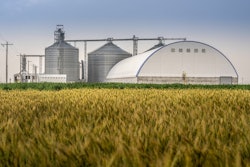
According to a recent Rabobank report, Regional Corn Competitiveness Outlook Through 2030, global corn consumption is forecast to rise 25% in the coming 10 years, from 1.144 billion metric tons in 2021 to 1.430 billion metric tons in 2030 -- slightly less than the 259 million metric tons of growth seen over the past decade.
Global corn trade will likely show an even stronger growth of 100 million metric tons compared to the previous decade's 87 million metric tons, boosted by animal protein production growth, geopolitical tensions, and corn shortages resulting from adverse weather and constraints on acreage and yield gains.
Base on this, exported volumes from the main corn producers are expected to increase. Brazil, Argentina, Ukraine and the U.S. will benefit the most from this increase in global growth as all have further production potential and Brazil is well-positioned to take the lead.
According to the report:
- Brazil benefits from double use of farmgate infrastructure as soybeans and 'safrinha' corn are sowed and handled at different periods and move through the same facilities.
- Argentina is favored by a highly competitive cost of production and lower fertilizer use due to high soil fertility and low pest and disease pressures.
- In Ukraine, corn benefits from stronger yields compared to alternative crops, but with much of the sector professionalized, the next decade offers less production growth potential than the past 15 years.
- Compared to other regions, the U.S. is better positioned in terms of infrastructure and logistical efficiency, but production growth will require investments and greater inland transport efficiency. The U.S. will boost production through continued yield growth, while acreage expansion will be limited. Strongly rising vegetable oil demand for renewable diesel may drive an increase in soybean areas of the expense of corn. On the other hand, ethanol policies in the US. might change and free up more corn for the export market, which likely would also have a negative impact on corn prices and production levels.
In all four countries, production growth needs to be managed in a sustainable, environmentally conscious way, as greenhouse gas emissions from farming will be under scrutiny and may impact production.

















